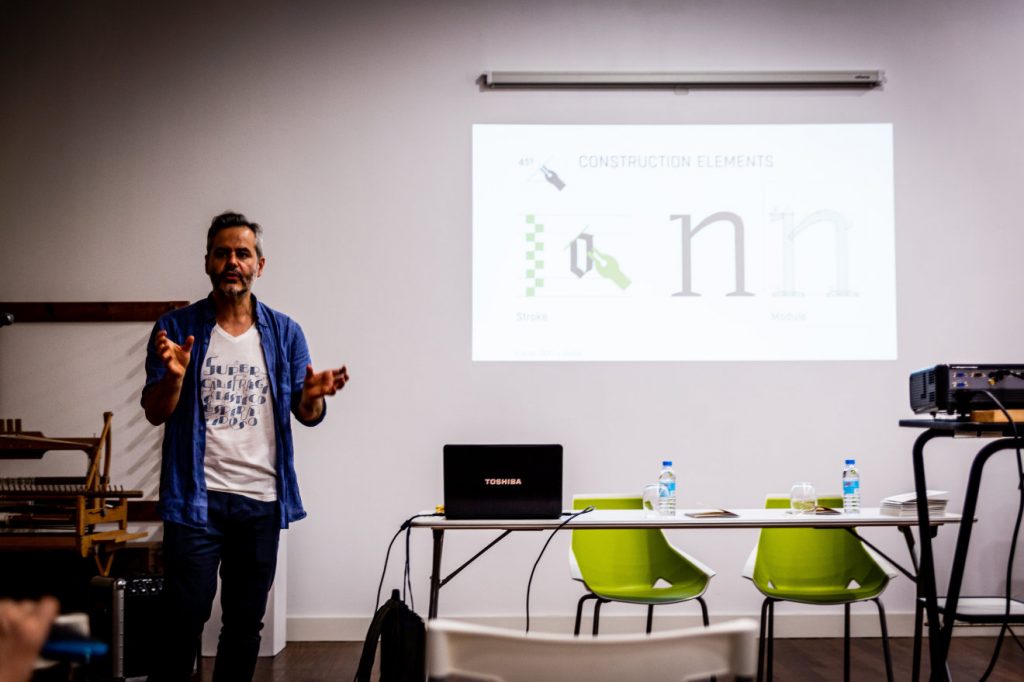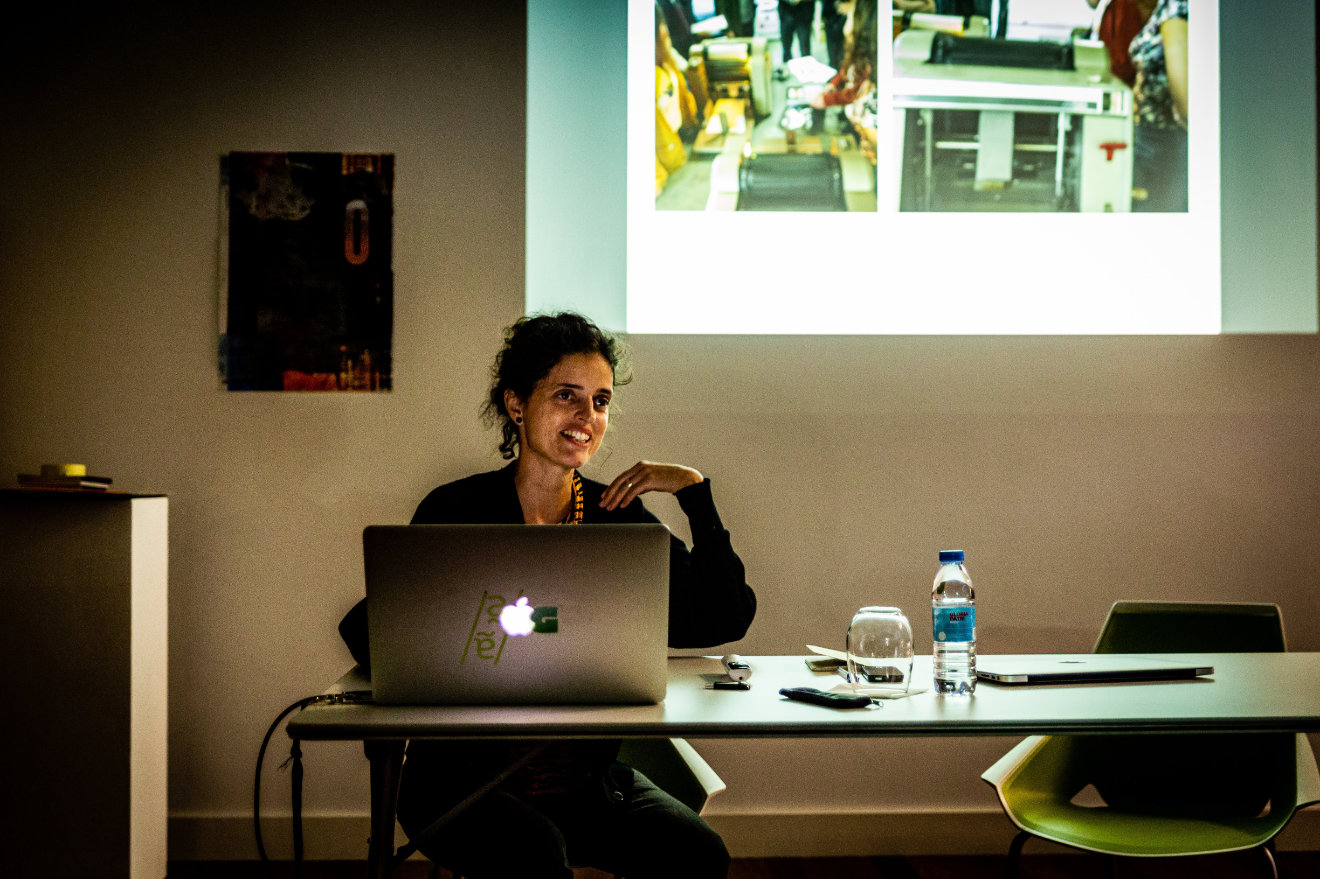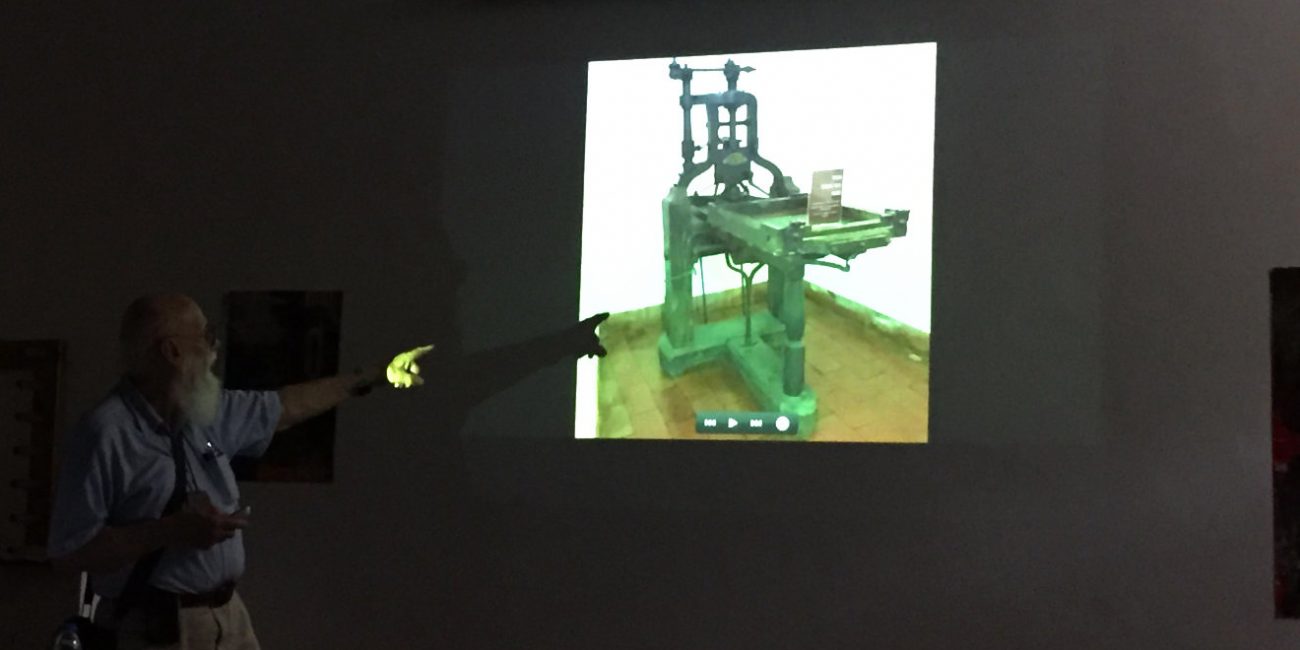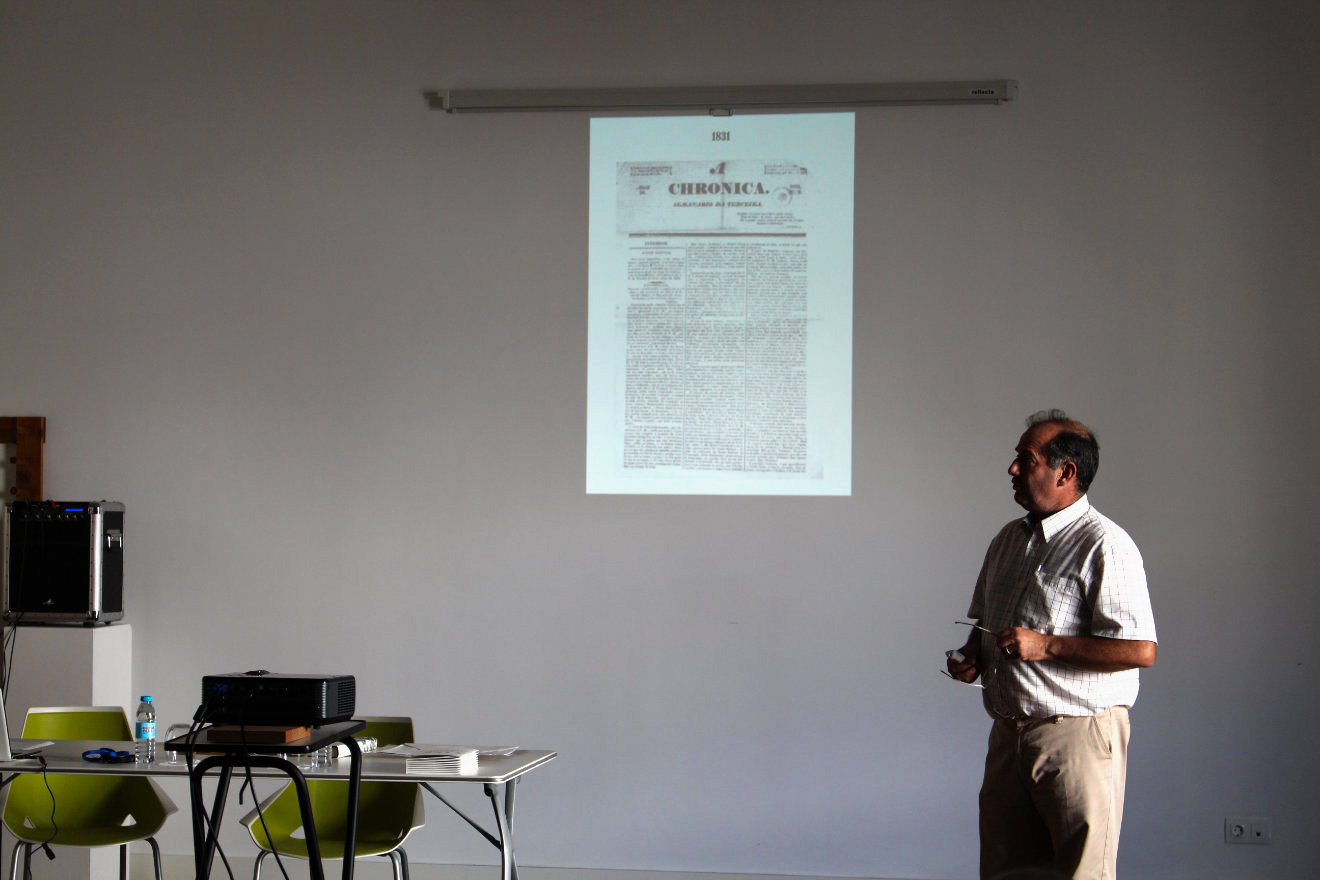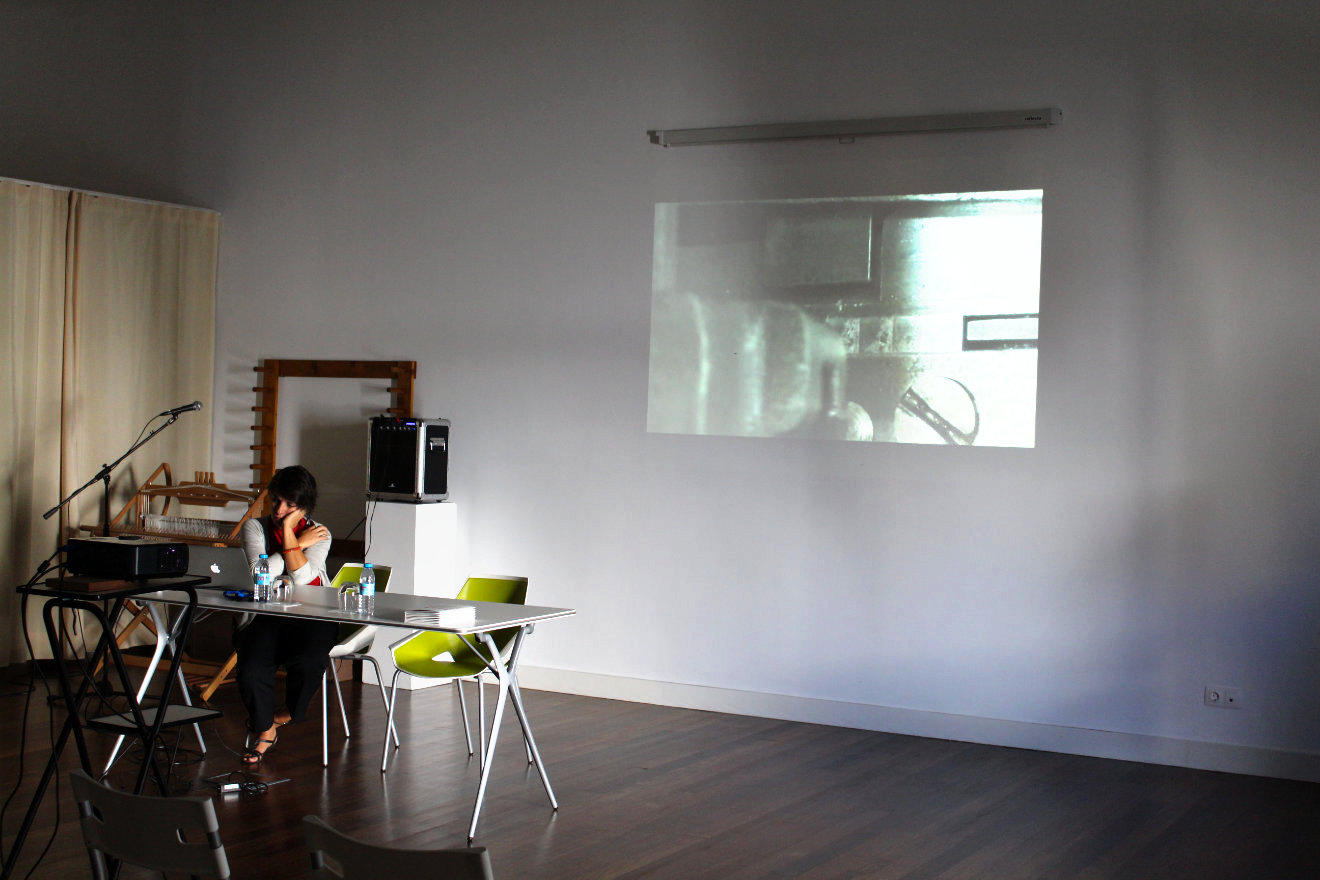10 October 2019
Pedro Amado
Vitor Quelhas
Catarina Silva
Faculdade de Belas Artes da Universidade do Porto / i2ADS
Instituto Politécnico do Porto / ID+ / uniMAD
Instituto Politécnico do Cávado e do Ave / ID+
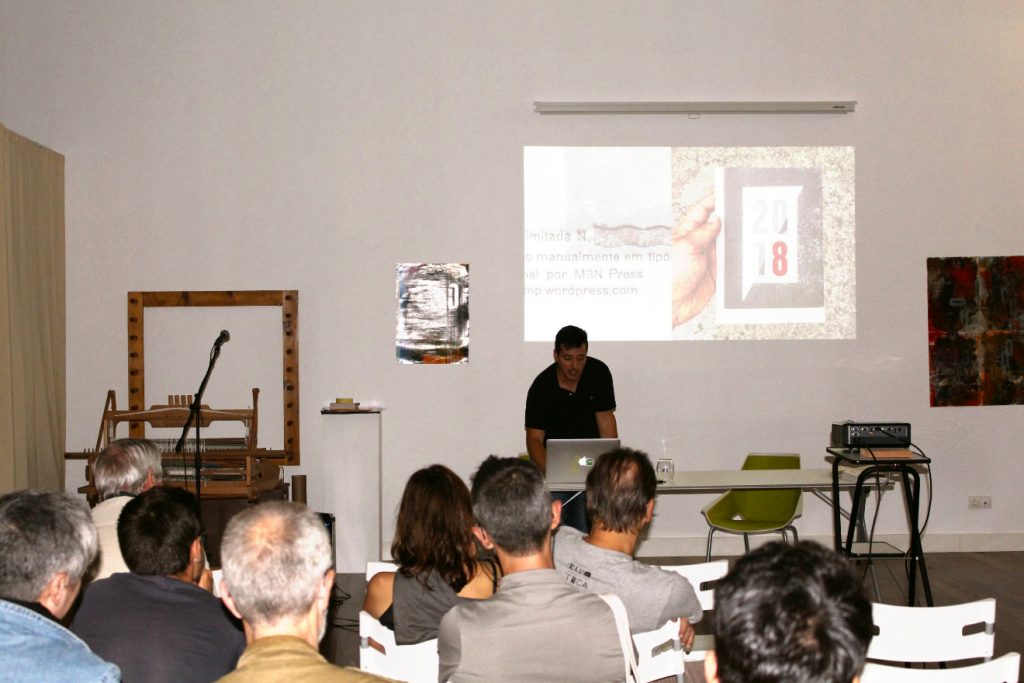
This article is a characterisation of printers, typographers, and Portuguese designers that have kept alive the traditional activity of printing with moveable type, either traditionally or combined with other techniques. The two principal categories that we have identified, which can be found in three different generations, demonstrate that traditional typographers and graphic designers work together to keep alive, explore and develop this activity.
In the last decade, letterpress printing has become increasingly attractive, especially for graphic designers, as they discover and explore its visual and material properties. The main problem is that the information and knowledge that are necessary to learn this craft are dispersed and scarce. Practical manuals on letterpress are sold out, non-existent, or are difficult to find. The tools and materials used to print are not easy to find because many schools eliminated them. Even when available, the operating instructions are difficult to understand without the assistance of a qualified typographer. Nationally and internationally, the active population of letterpress compositors and printers has diminished considerably. It is urgent to preserve the cultural heritage of this specialised craft. Hence, the principal objective of this presentation is to offer a summary of the traditional print shops still operating in Portugal.
Based on documental sources and previously obtained empirical knowledge, we elaborated an initial sample of these print shops and ateliers. We amplified our findings and displayed them in a snowball sampling format during the interviews. We conducted semi-structured face-to-face interviews, which we divided into four distinct dimensions: workshop/characterisation of the author; typographical printing process; education/training, and references. Two aims guided our inquiry: to characterise each workshop, equipment, and experiences to be shared; to elaborate educational guidelines based on the profile of each workshop that will be shared with students, professionals, and enthusiasts. The analysis of the interviews that were conducted revealed the existence of three generations of two types of professionals and workshops that expressed an interest in preserving the letterpress craft: professionals with a traditional letterpress training (Example: Tipografia dos Anjos); self-taught and traditional (Example: Tipografia Dias or the collective We Came from Space) graphic designers.
Despite the generational schism and the distinct origins of the interviewees, all expressed an interest in preserving and recuperating this know-how through the practice and exploration of the letterpress techniques. In sum, more than a tendency or a rebirth, there is an active nucleus of professionals that are interested in preserving and sharing the lexicon and knowledge of the traditional, and more recent letterpress practices, with the next generations.
